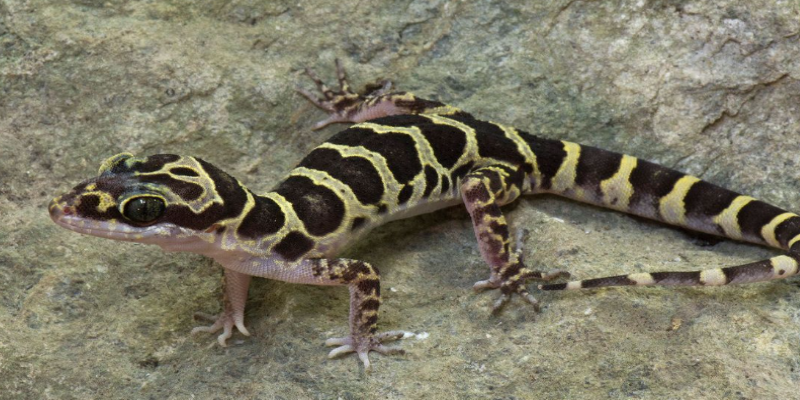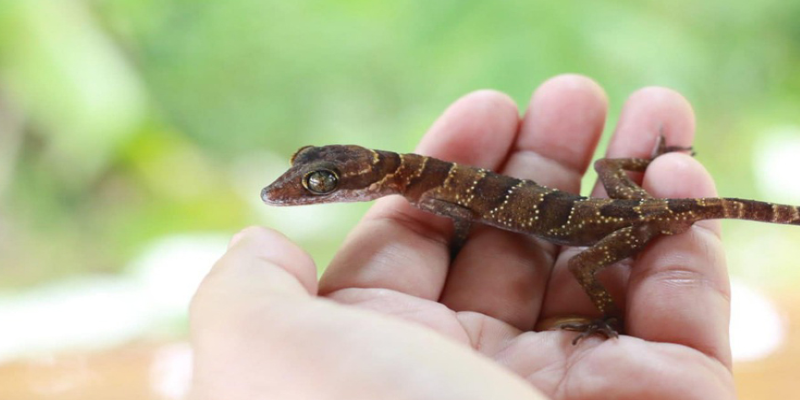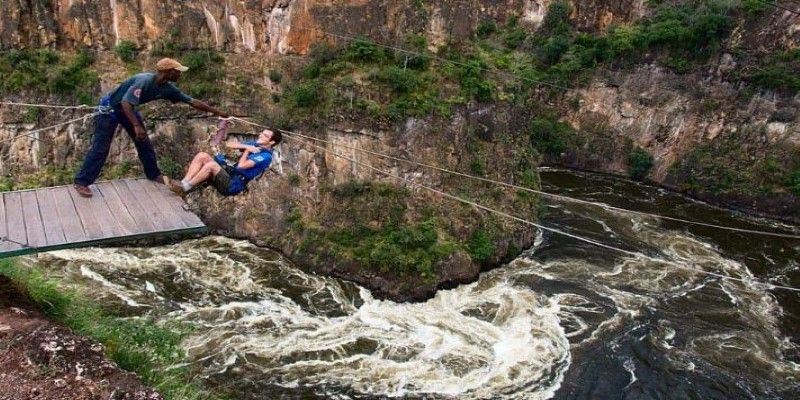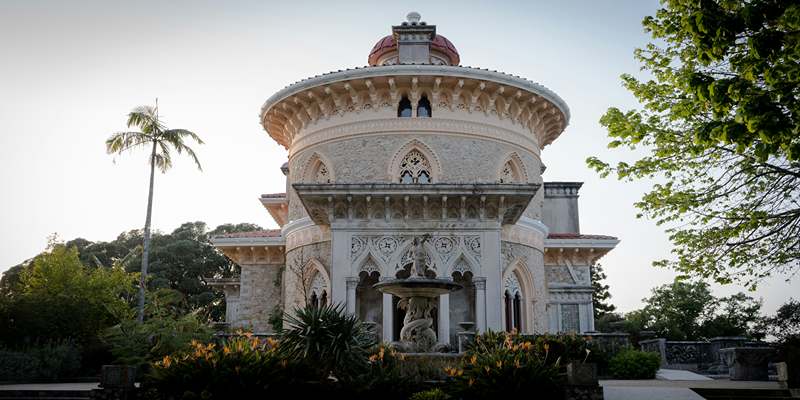The Fascinating Connection Between Cambodia and Geckos
Cambodia, a country known for its ancient temples, vibrant culture, and lush landscapes, is also home to an array of unique wildlife. Among the diverse creatures found in this Southeast Asian nation, geckos hold a special place. These small, agile lizards have adapted to various environments across Cambodia, thriving in both urban and rural settings.
Not only a creature of nature, geckos have entered the cultural lives of Cambodians, being dreaded and adored for various reasons, even described in stories. With this article, let's delve into the incredibly interesting connection between Cambodia and geckos in terms of ecological importance and cultural value and how they have been intertwined with the people of Cambodia.
Geckos: A Natural Presence in Cambodia
Geckos are among the most versatile and widely dispersed reptiles on Earth, and they extend well beyond their borders. These small, often brightly colored lizards thrive in a variety of different habitats. At the same time, living among dense rainforests to sustain the hustle and bustle of cities. Cambodia's tropical environment has made it an excellent spot for geckos, providing it with lots of warmth and humidity. Geckos can be found literally anywhere from the ancient stones of Angkor Wat to the humblest of rural villagers' dwellings.
One of the most common species found in Cambodia is the Tokay gecko. Recognizable by its striking blue and gray pattern, the Tokay gecko is a large species that often inhabits human-made structures, such as houses, temples, and even markets. These geckos are famous for their specific sounds, like a call of "to-kay," which resemble a human but can also easily be seen outside the city to become part of the rural view of Cambodia while being friendly to the environments created by people, these end up making quite frequent appearances within the city lines of a town like Phnom Penh.
Besides the Tokay gecko, numerous species of geckos are found in Cambodia. These small-sized reptiles are always vital for the maintenance of an ecosystem at the local level as they help to keep a number of insects within their population under control. Geckos are insectivores. They feed on a variety of bugs, including mosquitoes, flies, and ants. In a country like Cambodia, where mosquitoes are very common and capable of causing malaria and dengue fever, these geckos do an important natural job of controlling insect populations. They are not just a curiosity but a necessary component of an eco-balance maintained in healthy ecosystems.
Geckos in Cambodian Culture and Folklore
Geckos are more than just creatures of the natural world in Cambodia; they are also woven into the country's cultural and spiritual fabric. In Cambodian folklore, geckos are often associated with good luck and prosperity. It is believed that the presence of a gecko in the home signifies protection and fortune. The familiar sound of a gecko's call, often heard at night, is considered a positive omen, heralding good news or the arrival of visitors.

This belief in the gecko’s power is deeply rooted in Cambodian superstition and mythology. In some rural areas, people hang small wooden carvings of geckos in their homes to bring good fortune. In other instances, the sight of a gecko is taken as a sign to take specific actions, such as embarking on a journey or making a business decision. Geckos are even thought to have the ability to ward off evil spirits, making them an important part of the spiritual life of many Cambodians.
However, not all beliefs surrounding geckos in Cambodia are positive. In some regions, geckos are associated with misfortune, and their calls are sometimes interpreted as warnings of danger. The Tokay gecko, in particular, with its loud, distinctive voice, can be unsettling to those who fear it. Despite these negative connotations, the general belief remains that geckos bring more good than harm, and their presence is largely viewed as a beneficial force in the home.
The Role of Geckos in Cambodian Ecosystems
While geckos play a significant role in Cambodian folklore and culture, their ecological contribution is perhaps even more essential. Geckos help to maintain the delicate balance of the ecosystems in which they live, particularly in urban and agricultural areas. By feeding on insects, including mosquitoes and other pests, geckos naturally control pest populations, reducing the need for chemical pesticides. This is particularly important in rural Cambodia, where agriculture is a significant part of life, and farmers often seek natural methods of pest control to avoid the harmful effects of chemical treatments.

Geckos play a crucial role in Cambodia’s biodiversity by serving as prey for birds, snakes, and mammals. Their presence helps maintain ecological balance, ensuring that predator populations remain stable. At the same time, geckos regulate insect populations, preventing outbreaks that could disrupt the environment. As both predator and prey, geckos contribute to the natural cycle that keeps Cambodia’s ecosystems healthy and thriving.
One of the most fascinating traits of geckos is their ability to regenerate lost tails, a defense mechanism that allows them to escape predators. This unique survival skill ensures their continued presence in Cambodia’s ecosystems. As conservation efforts grow in the country, recognizing geckos’ ecological role is essential. Their resilience and adaptability make them a vital part of Cambodia’s rich and delicate biodiversity.
Conclusion
The connection between Cambodia and geckos is both cultural and ecological, shaping beliefs and maintaining balance in the environment. These small lizards are more than just creatures of the wild—they are symbols of luck, protection, and resilience in Cambodian folklore. Their role in controlling insect populations makes them vital to the country’s ecosystem. Whether perched on ancient temple walls or inside village homes, geckos have become an enduring presence in Cambodian life. As the country modernizes, preserving these fascinating reptiles is crucial to maintaining both biodiversity and cultural heritage. Cambodia and geckos will continue to coexist, reflecting a deep and lasting relationship between nature and tradition.











